As an Amazon Associate I earn from qualifying purchases.
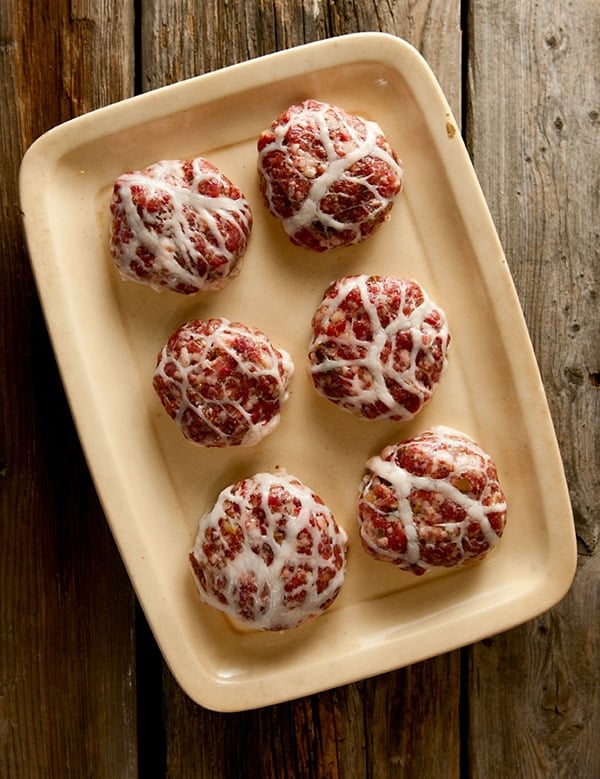
Crepinette. Think of this as a sausage patty wrapped in a comforting blanket of fat.
They are a French creation, made possible by an unusual ingredient: caul fat. Caul fat, if you’ve never heard of it, is a layer of fat that surrounds the innards of pigs, deer, cows and sheep. I’ve eaten crepinettes, called fegatelli in Italian and, weirdly, “faggots” in Britain, many times, and whenever I get caul fat I make them.
That isn’t often. I don’t buy meat anymore. And while I am not morally opposed to it, why buy when you have a freezer full of game and fish? So the only time I get my hands on caul fat is when I put a big game animal on the ground.
A few years ago was when I got my first chance to collect caul fat from a wild animal. I’d shot Matilda the Wild Pig and decided to gut Matilda myself. As I got the guts out of the pig, I noticed a white floppy thing come out and land on the grass. I picked it up. “Caul fat!” I shouted. My friend RJ must have thought I was insane, because I was hooting like I’d won the lottery.
It was in perfect shape. Caul fat, if you’ve never seen it, looks like a doily made of fat
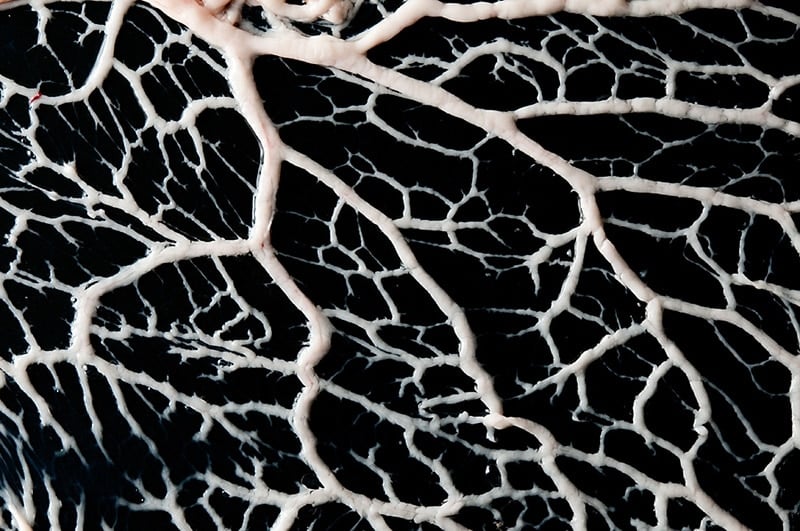
Ooooh… pretty. In between the strands of fat is a very thin membrane. You cannot see it in the picture, but it will encase whatever you wrap it in and protect it while it cooks. As an added bonus, most of the fat from the caul renders in the cooking, further moistening whatever’s been wrapped. It is a miraculous part of the animal.
As soon as I picked up that caul fat in the grass, I knew I’d make crepinettes. Wild boar crepinettes. And they were good. Roll your eyes back in your head good. Part of the reason is because Matilda was a young sow who had grown fat on the spring greens. Part of the reason is the caul fat.
Crepinettes are essentially sausage meat wrapped in caul fat. They can be patties or logs, like a sausage link. You make the patty, set it on the caul fat, cut around the fat with a sharp knife and wrap the meat up in the caul. Always start the cooking seam side down, then flip. Voila! A perfect patty.
I mostly sear things that are wrapped in caul fat, but you can also grill them or roast them, too. And you need not restrict yourself to sausage when you’re using the stuff: A super-lean meat like venison or pheasant, wrapped in a little caul fat, will be utterly different — moister, more savory — than it would be otherwise. Caul fat is like an insurance policy against accidental meat dryness.
And keep in mind that you don’t need to kill and gut your own pig, wild or domestic, to get your hands on caul fat. Many butcher shops will have it, although it’s usually frozen. I’ve seen halal butchers sell lamb caul fat, so even if you don’t eat pork you can still find the stuff. It’s worth the effort to find it.
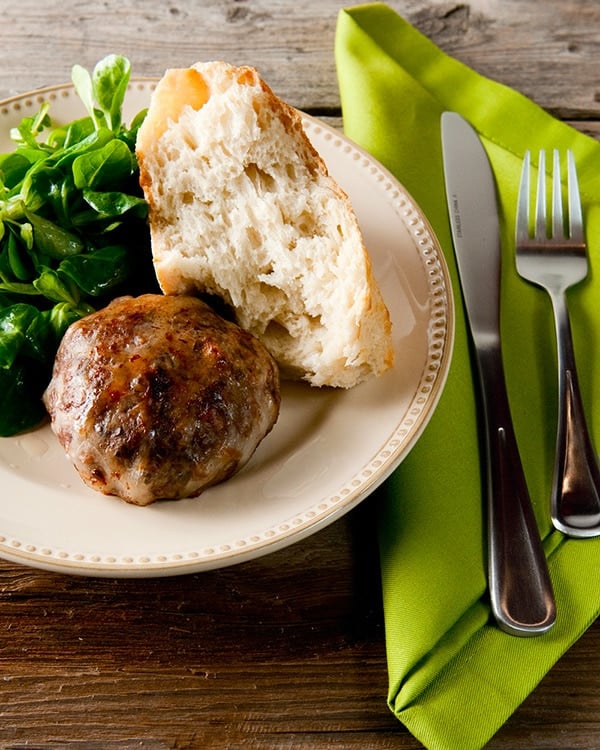
As for the sausage, any will do. I have dozens of sausage recipes on this site, but if you want a traditional French crepinette, that recipe is below. You will need a couple of quasi-special ingredients to make this exact recipe: quatre epices, which is a blend of white or black pepper (or both), nutmeg, cloves and ginger; and porcini powder, which you can buy online or make by grinding dried porcini in a spice grinder.
Don’t sweat it if you don’t have these things. No matter what sausage recipe you use, I highly recommend that you start playing around with caul fat. It’s one of those chef’s tricks they don’t tell you about. But there, I just did. Now go find yourself some.
If you don’t have a meat grinder, use pre-ground pork or wild boar. French quatre epices can be hard to find, too, so if you can’t get it, use this:
- 1 1/2 teaspoons white pepper
- 1 teaspoon ground ginger
- 1/2 teaspoon cloves
- 1 teaspoon nutmeg
Serve these with crusty bread and a simple salad. If you want to be really French, make it a mache salad with a dressing of walnut oil and verjus.
French Pork Crepinettes
Ingredients
- 5 pounds wild boar shoulder or pork shoulder
- 36 grams kosher salt, about 3 tablespoons
- 1 tablespoon porcini powder (see above)
- 1 tablespoon quatre epices
- 1 tablespoon black pepper
- 1 tablespoon dried sage
- 1 teaspoon marjoram
- 20 ounces chopped chestnuts or walnuts (optional)
- Caul fat
Instructions
- Cut the boar or pork shoulder into cubes large enough to fit into your meat grinder. Mix the salt and all the herbs and spices in with the meat, then grind through the coarse plate on your grinder. Mix in the chestnuts (if using) by hand. If you are using pre-ground meat, mix in everything at once by hand.
- Put the caul fat into a bowl of lukewarm water. Gently unfold it and lay it out flat on a large work surface, like a pasta board, large cutting board or a counter or tabletop.
- Form the meat into small patties. Size and shape is your option: I like patties the size of breakfast sausage patties, but you could go larger if you like. Many crepinettes are torpedo-shaped, so you could go that route, too. Lay each patty on the caul fat and, using a sharp knife, cut a square of caul fat around the patty a little larger than the meat: You need it to wrap completely around the patty. It is better to have too much fat than too little. It renders away, for the most part. Set each completed crepinette on a cookie sheet, seam side down. Refrigerate for 1 hour before you cook them; this helps the crepinettes hold their shape.
- To cook, set the crepinettes seam side down in a large saute pan and turn the heat to medium-high. When they start to sizzle, turn the heat down to medium and let them sizzle gently for 10 minutes or so. Do not be tempted to rush this. Crepinettes are best cooked at a leisurely pace. When the seam side is nicely browned, flip and cook for another 6-8 minutes on the other side. When that side has browned, serve them up hot.
Nutrition
Nutrition information is automatically calculated, so should only be used as an approximation.
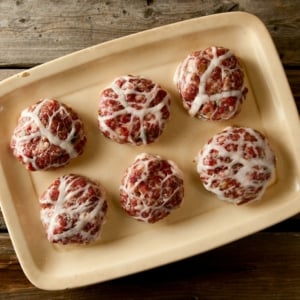
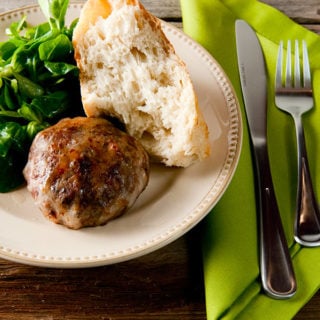
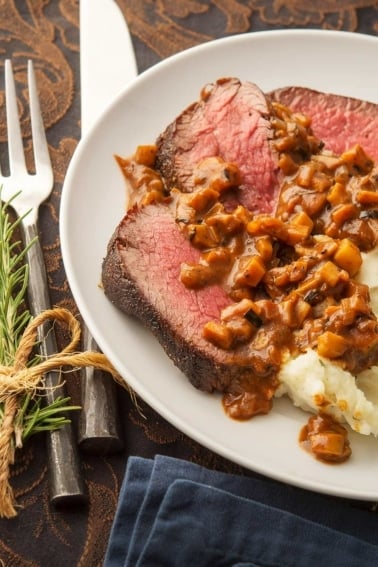
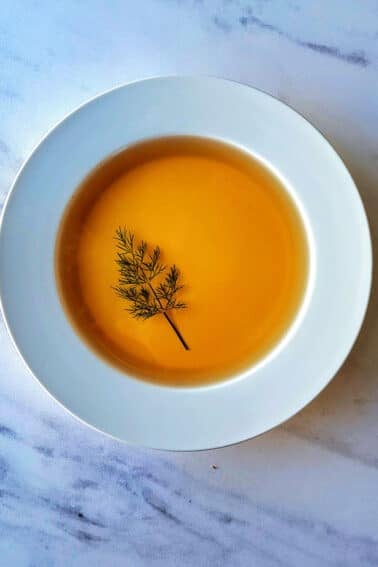
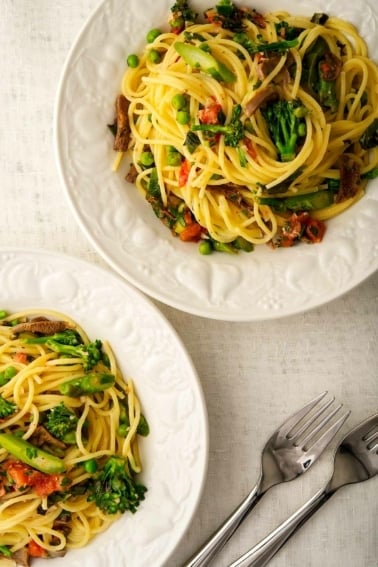
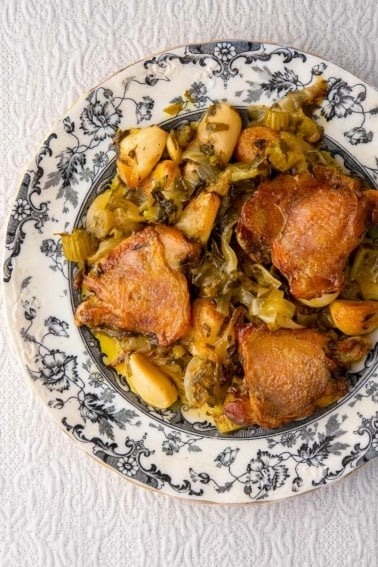
Just got our first caul fat from a large whitetail in Alabama. Looking forward to using your recipes to use it.
A question for you: I have been gifted goose crepinette – after searing, how long till they’re done enough to eat? Thanks!
Dawn: I really couldn’t tell you because I don’t know how hot they were cooked, how long or how large they are. But you want them to be mostly cooked inside, so like 155F or more.
Where do you purchase caul fat? I am from the Philippines and it is always available there, but now that I am in U.S., I can’t buy them unless I go to a gourmet shop and pay too much shipping!
Regina: I took it from a pig I’d hunted, but you can buy it in butcher shops, usually frozen.
Hi
In South Africa we wrap it around pieces of liver or minced liver and it is called “skilpadjies” in Afrikaans, translated it means little tortoises, absolutely delicious.
Hi Hank- Sorry for leaving a reply/question to a 5-year old post. How do these freeze? This is perhaps a dumb question, I freeze breakfast sausage patties all the time (freeze ’em on a sheet then toss ’em in a ziploc bag). I guess I’m not sure how the caul fat will behave on thawing (I’m picturing a bunch of unwrapped meatballs)
Thanks as always
Neil: They freeze well. I’ve made a big batch before, froze them after I made them, but before I cooked them, and they were fine.
Caul fat is most special and I harvest ours from our sheep or goats that we slaughter. Here is what sheep caul fat looks like: https://grassfood.me/2013/12/01/caul-fat/
A timely post! I was walking around a market in London recently and was very excited to see these! I would have passed right over them otherwise!
Idea: turn these guys into sliders topped with caramelized onions, grilled wild mushrooms, and drizzled with a fantastic vinegar. Can you say swank party food?
One of the great things about archery hunting is the caul fat is most often protected when an arrow hits it. When hunting with a rifle often the caul fat is completely destroyed if a quartering away or toward shot is taken. One of my favorite things is a caul wrapped venison loin grilled over a wood fire at deer camp. I’m fortunate to hunt fat midwestern whitetails each year and they usually have good caul fat.
Thanks for another secret chef´s trick.
I am SO glad you posted this! My husband has been talking about going to hunt boar (we’re in TX; they’re thick as flies) but I flew into a panic when I realized that I had no idea how to cook it! Now I do; thank you.
I love seeing the many ways you are utilising Matilda. I think she’s the first kill I’ve watched you break down so thoroughly since I subscribed to your blog and it’s really fascinating and I applaud you sir! I envy your ability to live in this way and the delicacy, respect and grace with which you handle a subject that would be so easy to treat with boorishness and irreverence.
We do, indeed, call these the laugh-stifling name of ‘faggots’ over here. We often had them for school dinners though I doubt they were half as good as these beauties!
Do deer possess said “caul fat?” Only reason I ask is because they are the only big game I chase and, thus, the only big game I gut. If they do have the magic fat, would it be adequate for a recipe such as this?
Damn, that looks and sounds awesome!
I always had a feeling you could do something useful with that stuff, but since most of my critters are dressed (undressed?) in the backcountry, I tend to leave those “extras” in the field. Hopefully, hunting in Texas will have me doing more of the processing closer to the house, which means I’ll have the luxury of salvaging more of the pieces-parts that I usually left for the coyotes and ravens.